Garli Pragpur - A heritage village of Himachal Pradesh with beautiful havelis surrounded by snow covered Dhauladhar Himalayan Mountain ranges
On the way from Amb to Dharamshala in Himachal Pradesh, lies the area known as Garli- Pragpur, which is famous for its 19th and 20th fusion havelis built by the enterprising clan of timber merchants, who proudly carry the surname Sood or Sud. Though most of the descendants of these prosperous merchants have moved out to more exciting, business friendly locations, their footprint is still very much visible in the villages of Pragpur and Garli.
We couldn't visit Pragpur, but we did visit Garli. At that point in time, we were not aware of the treasures the Pragpur-Garli Region hides in its vales and hills. We were only aware of Chateau Garli, the heritage haveli that has been converted into a hotel. We wanted to see this property and the detour toward it wasn't that long. If we had been aware of Pragpur, we would have definitely visited it as well. Anyway, lessons learnt. Next time.
Related Blogpost - Indrunag Temple in Dharmshala, Himachal Pradesh - A mountain peak with spectacular views of Mcleodganj, Dharmpur and snow covered Dhauladhar Himalayan Ranges
The village of Pragpur, though we didn't visit it, definitely is intriguing and we would want to bookmark it for future. And maybe even stay at one of the heritage properties to really get the feel. The village claims a history of over 300 years after all, during which it has seen plundering and pillaging, resistance and resettlement, and prosperity.
Related Blogpost - Tea Estates around Dharmshala town of Himachal Pradesh - Lush green landscapes surrounded by snow covered Dhauladhar Mountain Ranges in Himalayan State of India
Pragpur-Garli was part of the Jaswan Kingdom that was ruled by the cadets of the Katoch Clan. It is said that in the 16th-17th century bands of marauders started plundering the beautiful lands of Kangra. And it was then that Princess Prag Dei, wife of one of the Jaswan Princes, was able to successfully organize a resistance to hold them off. The village of Pragpur was established by the Patials to commemorate Princess Prag Dei.
Related Blogpost - Ellora of Himachal Pradesh maintained by Archaeological Survey of India - Masroor Rockcut Temple || A Monolithic Temple in Kangra Region of Himalayan State, India
It was a group of learned men led by a Kuthiala Sood that was charged by the chief of Jaswan Kingdom to find a suitable place to identify the place of commemoration. It is believed that the place was identified according to Indian Shastras and the village of Pragpur is supposed to be blessed by the prayers that have been chanted for thousands of years at the three surrounding "shakti" temples of Jwalamukhi, Chintpurni, and Brajeshwari.
Prosperity soon followed in the villages of Pragpur and nearby Garli. At around the same time, the Hindu population of Sirhind was ordered to evacuate to ensure their safety. The Mughal Governor of the province had just ordered the execution of Guru Gobind Singh's youngest son and a conflict with Sikhs was inevitable. Soods, the sharp, business-minded traders of Sirhind then moved hillward and settled in and around Kangra. Many of them came to settle in Pragpur and Garli.
Related Blogpost - Beautiful Church in Mcleodganj, Himachal Pradesh || St. John Church near Dharmshala Town
And it is these Soods, who built some of these landmark Havelis in this area. If you walk around the streets today, you find traces of a variety of architectures - Kangri, Mughal, British, Portuguese etc. Some buildings even demonstrate interesting fusion of these many architectures. It would be worth spending a day or two just exploring and unearthing these treasures.
Related Blogpost - World's Highest Altitude Cricket Stadium in Dharmshala - Unimaginable location surrounded by snow covered Himalayan peaks & stunning tea-estates of Himachal Pradesh
When British Annexed Kangra in1846, it led to an explosion in trading opportunities and enterprising Soods were quick to identify this and set up sarais and rest houses and shops in the area. The area became more and more prosperous and the momentum stayed up till the early 20th century.
Later in the 20th century, Soods started moving out in search of better business prospects so the beautiful Havelis started emptying out. And slowly, as it happens, the buildings fell to ruins and many of them lie in dilapidated states today. In 1997, the village of Pragpur was designated a Heritage village by the Government of Himachal Pradesh, and this status was extended to include Garli in 2002.
But even when in ruins, these havelis manage to look stately and imposing and it is clear that they were built with lots of pride and also as a mark of the social and financial positions of the owners of these buildings.
We didn't visit Pragpur, but in Garli, we were able to spot several such havelis in various stages of ruins. One big one, very close to Chateau Garli, had a large courtyard that is partly overtaken by weeds now. In its arched passages lies the auto-rickshaw of a scrap dealer and the place it seems is used to temporarily store their wares.
The wooden carved doors are intact and though the paint has come off at various places, you can still get a feel of how bright and opulent the haveli must have been at one point in time. It seems to be a three story structure, with the middle floor having several windows that open into the courtyard and a top floor that has a long arched corridor running across the length of the entire structure. With the windows open, the haveli would have been a well-ventilated home.
If you walk further toward the market, you come across another historical structure that has a large, open front yard and at least on the ground floor, a family of tenants seems to be still living. However, when you look at the entire structure, this one is in a far worse stage of wear than the earlier one. The cowshed has come crumbling down already and various rooms on the first floor are either inaccessible or have one wall missing.
Looking at the family that stays there, you wonder how do they feel safe staying in this structure. They have young children who are curious and mischievous as children of that age are. Even if the structure doesn't betray them, you wonder what it would be like to be the sole occupants of two rooms in a huge, otherwise empty, three-storied structure. Many rooms of this haveli most probably haven't been opened in decades. What would the place feel like on a dark and stormy night?
The tenants of this haveli pointed us toward the home of the richest person of Garli. As expected, it was on the highest hills and the biggest structure to be seen in the village. Though at one point in time the family would have lived in the charming wooden structure, the remains of which one can still see in the lawn, the most recent resident seems to be the graceful, gabled grey structure that stands tall today. However, it seems that this too is not being used as a residence anymore.
However, even this seemingly modern structure seems to be one with the surroundings. The slate tiles on gabled roofs, the stones covering the facade, are all local material. It isn't an ugly concrete structure that seems out of place in the hills.
This is the beauty of this village. It seems frozen in time and even through decay and ruins you can get a sense of what the village must have been like in the late 19th and early 20th century. At every corner you will get the glimpse of a building that you can't take your eyes off. And even if you are not aware beforehand that this is a heritage village (like we weren't) you would guess that there is something unique about this place. So do take this little detour to visit Garli if you are on your way to Dharamshala. And do remember to include Pragpur too in your tour.
If you liked this post and found it helpful, I would request you to follow these things when traveling -
1. Manage your waste well and don’t litter Use dustbins.
2. Tell us if you went to a place and found it hard to locate a dustbin.
3. Avoid bottle waters in hills. Usually you get clean water in hills and water bottles create lot of mess in our ecosystem.
4. Say big no to plastic and avoid those unhealthy snacks packed in plastic bags. Rather buy fruits.
5. Don't play loud blaring music in forests of jungle camps. You are a guest in that ecosystem and disturbing the locals (humans and animals) is not polite.


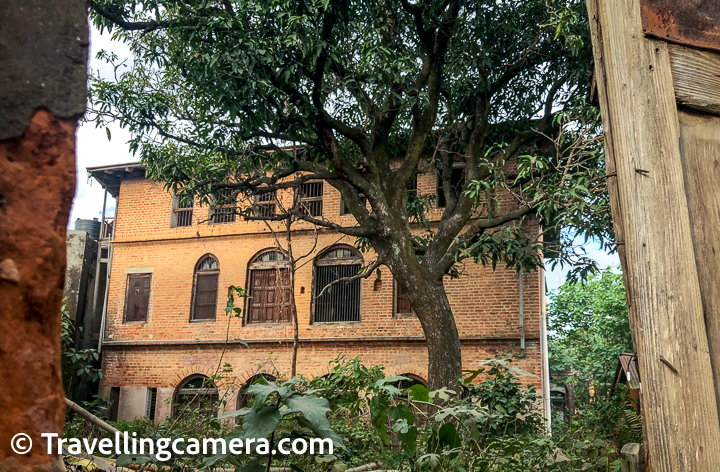








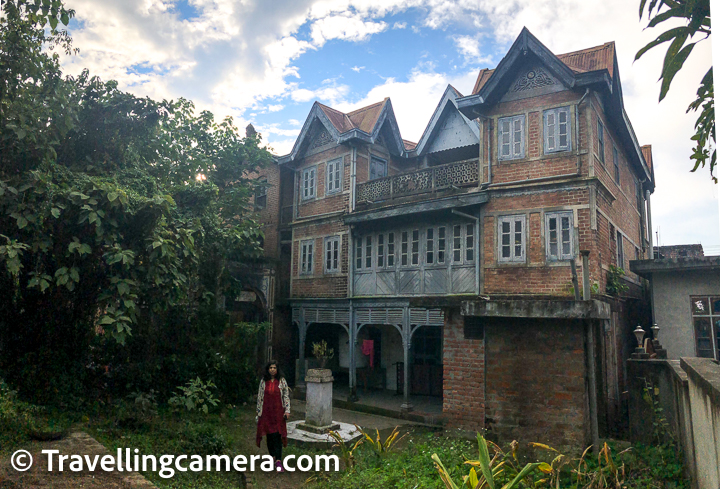
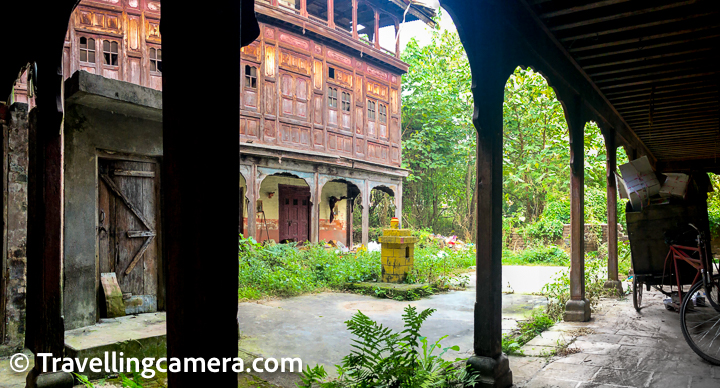
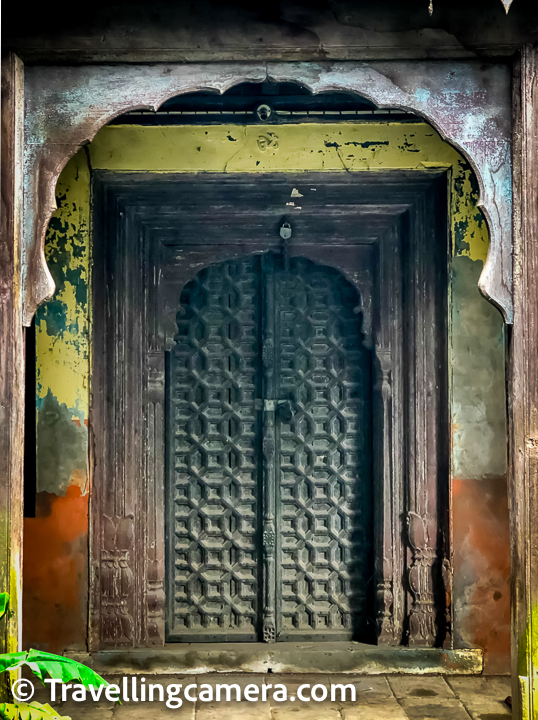



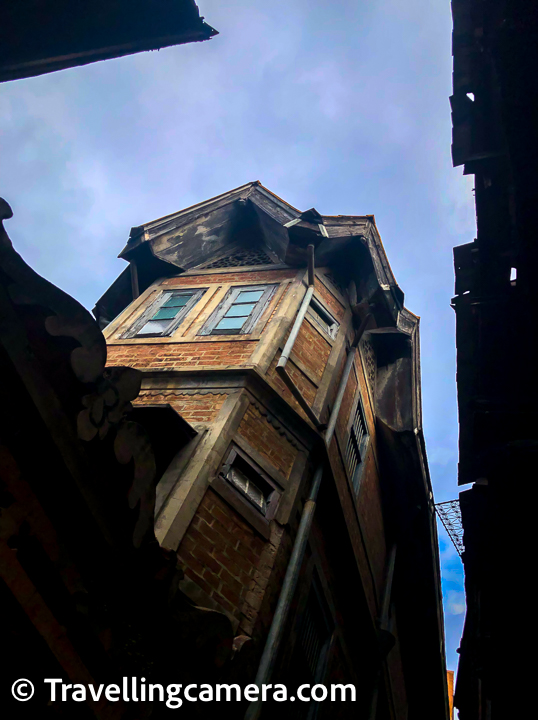

.jpg)
Comments